
Scientists Found The Hidden Factor Behind the Global Infertility Crisis, And It’s Terrifying
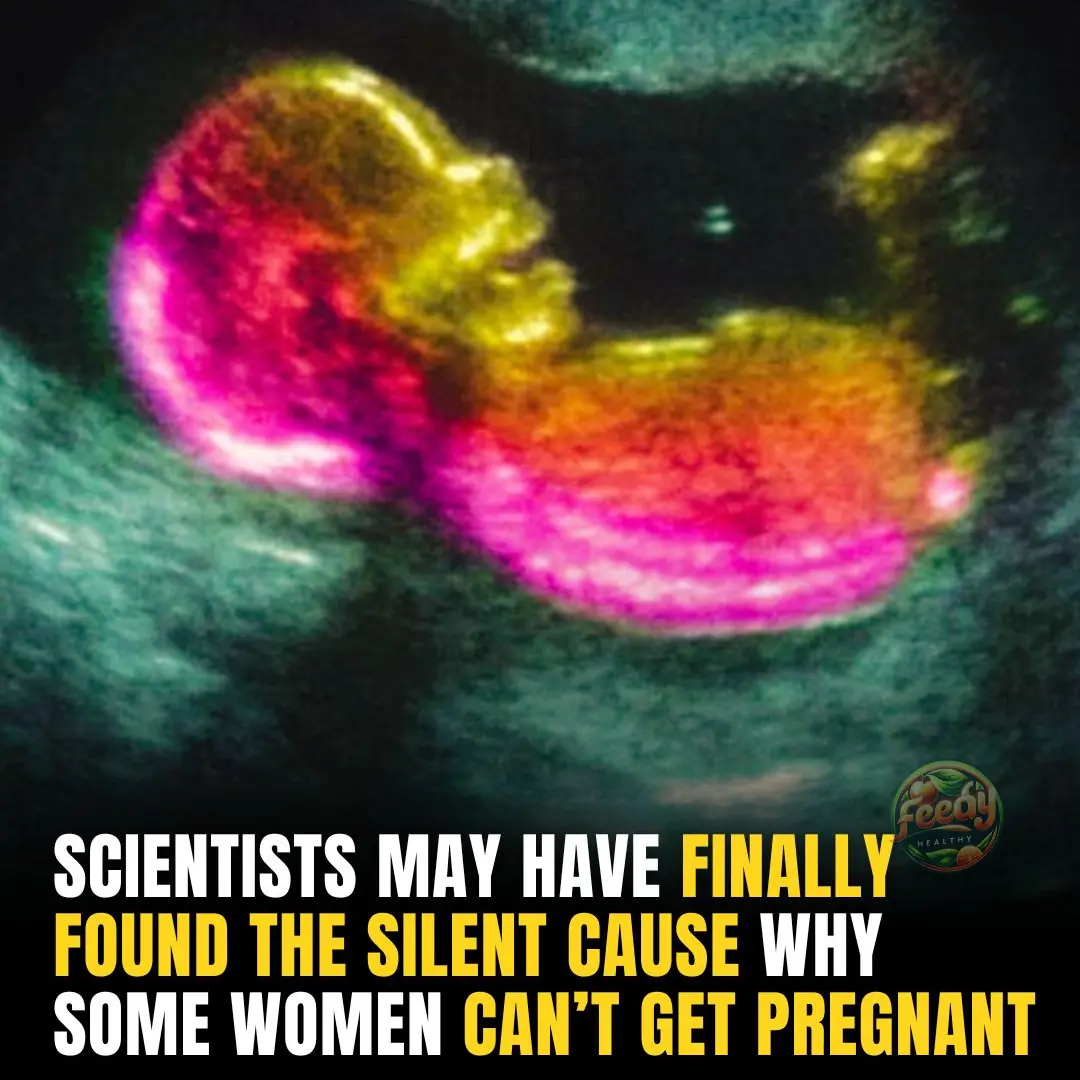
In recent years, headlines around the world have echoed a growing concern: fertility is plummeting. From Tokyo to Rome, from New York to Seoul, nations are witnessing record-low birth rates. For millions of couples, the dream of having a child has turned into a relentless cycle of failed tests, fertility treatments, and heartbreaking uncertainty.
But a wave of emerging research has uncovered a troubling new suspect — one we’ve welcomed into every corner of our lives without a second thought: microplastics.
🚨 Plastic in the Most Intimate Places: A Shocking Discovery
In 2023, a groundbreaking study published in Toxicological Sciences made headlines: for the first time ever, scientists discovered microplastics inside human semen and testicular tissue.
The plastics found included polyethylene (PE), polystyrene (PS), and PVC — all common in everyday products like food packaging, water bottles, and synthetic clothing. These weren’t surface-level contaminants. They were embedded deep within tissue samples, suggesting chronic exposure and possible long-term harm.
What once sounded like a distant environmental issue has now entered the most sacred space of human biology.
📉 The Global Freefall of Sperm Counts
This isn't an isolated finding. A major global review published in Human Reproduction Update in 2022 revealed that sperm counts have dropped by over 50% in the last half-century, with the pace of decline accelerating.
While factors like poor diet, obesity, and stress contribute to this crisis, scientists now believe they’re only part of the picture. The unseen role of environmental toxins — particularly microplastics and hormone-disrupting chemicals — may be far more profound than we thought.
🔬 How Microplastics Undermine Fertility
Microplastics are not inert. They act like tiny sponges, soaking up toxins such as phthalates, BPA, and heavy metals — chemicals already known to interfere with hormone function.
Once inside the body, these plastic particles can:
-
Disrupt testosterone and estrogen balance
-
Cause oxidative stress, damaging sperm DNA
-
Inflame reproductive tissues, impairing fertility
In animal studies, exposure to microplastics has been linked to reduced sperm motility, lower testosterone levels, and even shrinkage of testicular tissue. Emerging evidence also suggests similar threats to female fertility, including potential effects on ovulation and embryo implantation.
🌍 Ubiquity of Exposure: We're Surrounded
Microplastics are not rare. They are everywhere — in our air, food, and water.
-
Over 90% of bottled water brands contain detectable microplastic particles
-
Seafood carries microplastics accumulated from polluted oceans
-
Household air is filled with fibers from synthetic fabrics and furniture
-
Even human blood and lungs have recently been found to contain microplastic traces
We don’t just come into contact with them — we inhale them, ingest them, and absorb them into our tissues.
👶 A Health Crisis Becoming a Generational Emergency
This isn’t just about personal health. It’s about the future of our species.
“If current trends persist,” warns reproductive epidemiologist Dr. Shanna Swan, “we may face a world where natural conception becomes the exception — not the norm.”
Her research suggests that without drastic intervention, the next generations could see widespread infertility, with many relying on assisted reproductive technologies or facing the inability to conceive altogether.
💡 What You Can Do to Reduce Exposure
While no one can eliminate microplastics completely, you can reduce daily exposure by:
✅ Drinking filtered tap water instead of bottled water
✅ Avoiding microwaving food in plastic containers
✅ Choosing glass or stainless steel for storage
✅ Wearing natural fibers like cotton or linen instead of polyester
✅ Keeping your home well-ventilated and vacuuming with HEPA filters
Small lifestyle changes won’t reverse global pollution — but they can reduce your individual risk, especially if you're trying to conceive.
🧠 Final Thoughts: A Wake-Up Call
What was once seen as harmless — a water bottle, a takeout container, a wrinkle-free shirt — is now quietly infiltrating our biology. Microplastics have crossed the line from environmental nuisance to potential reproductive threat.
The infertility crisis is multi-layered. But the presence of plastic particles inside our most fragile tissues should shock us all.
What we discard doesn’t disappear.
It comes back.
In our water. In our bodies.
And possibly… in our unborn children.
News in the same category

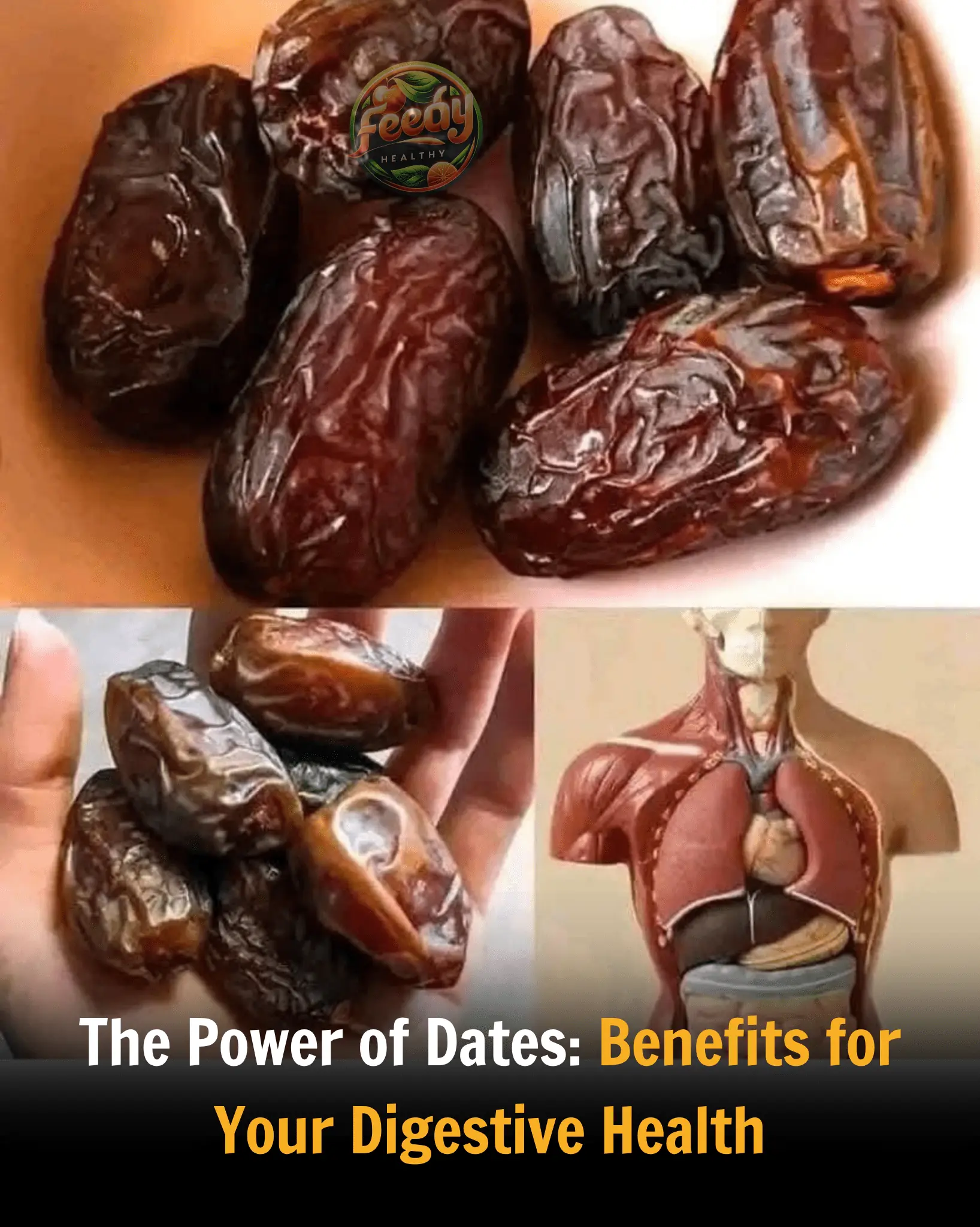
The Power of Dates: Benefits for Your Digestive Health
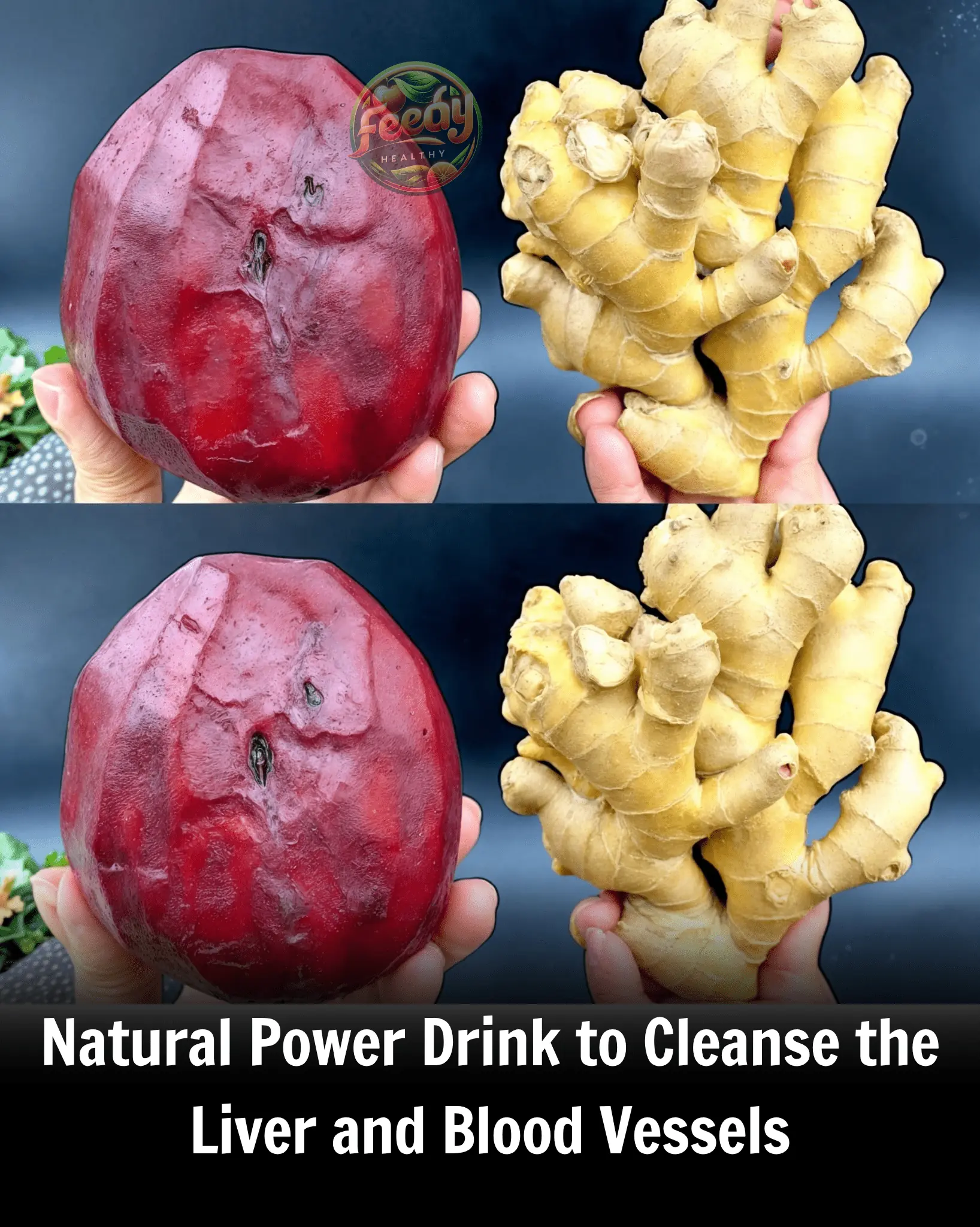
Natural Power Drink to Cleanse the Liver and Blood Vessels: Just 2 Ingredients!
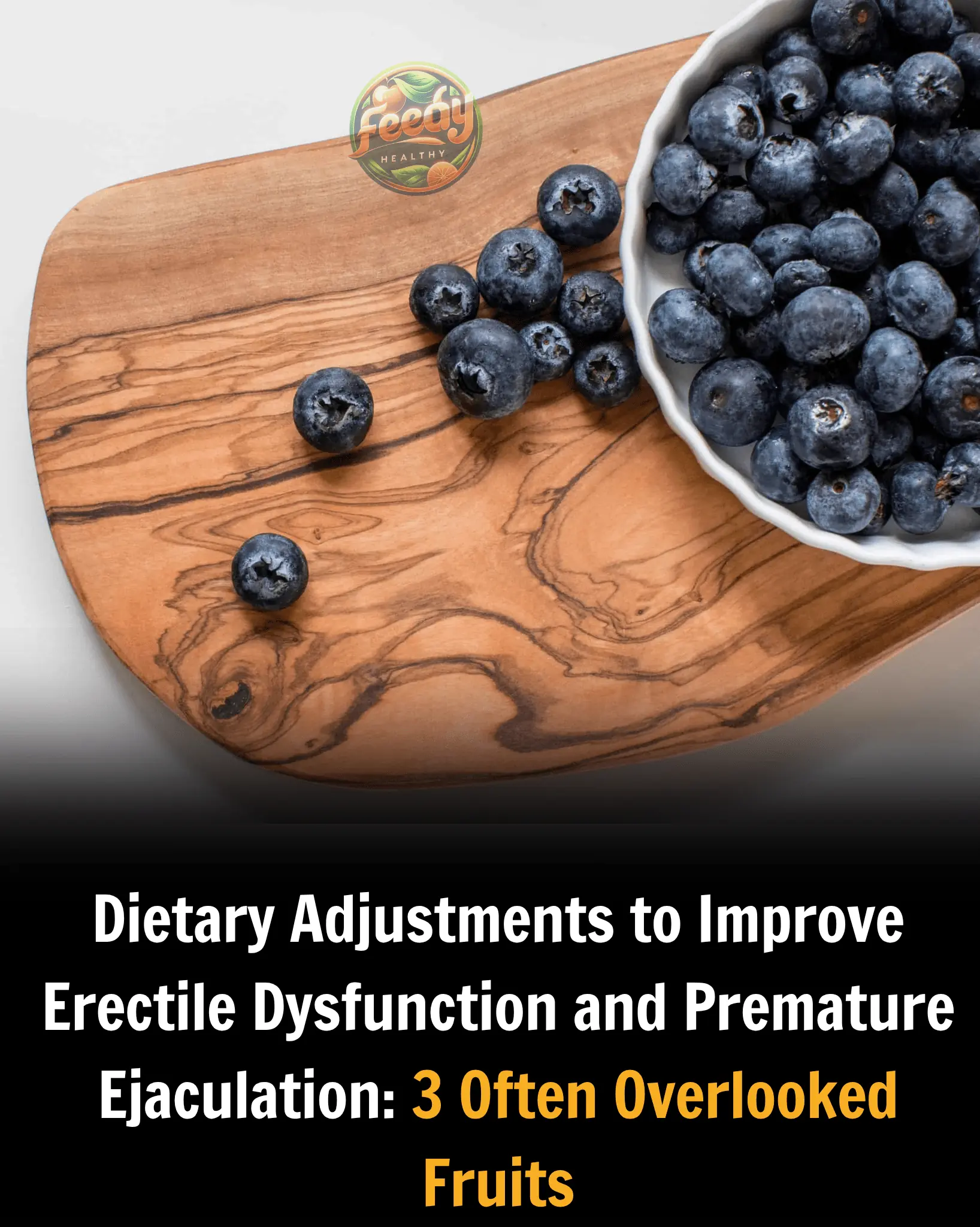
Dietary Adjustments to Improve Erectile Dysfunction and Premature Ejaculation: 3 Often Overlooked Fruits
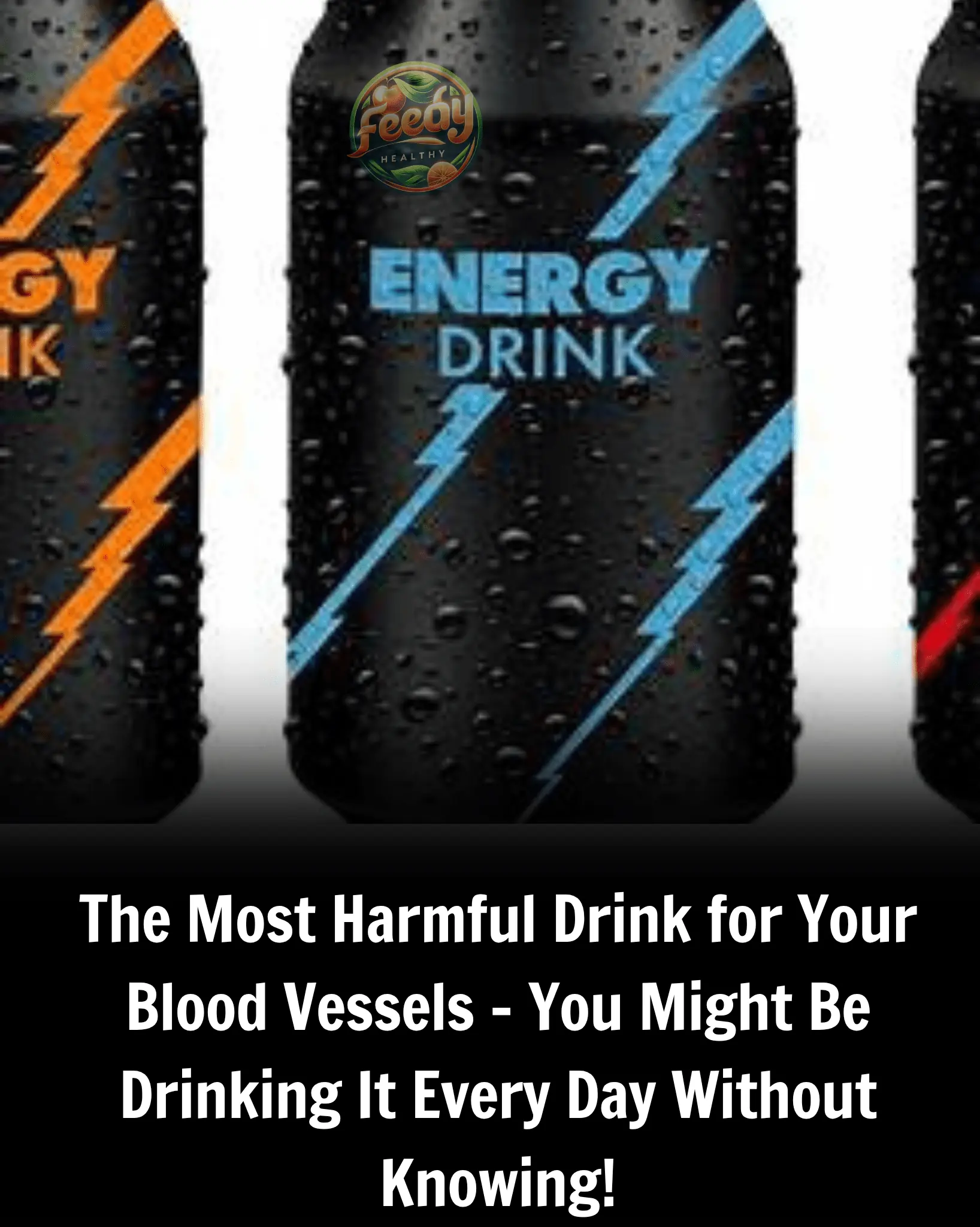
The Most Harmful Drink for Your Blood Vessels – You Might Be Drinking It Every Day Without Knowing!
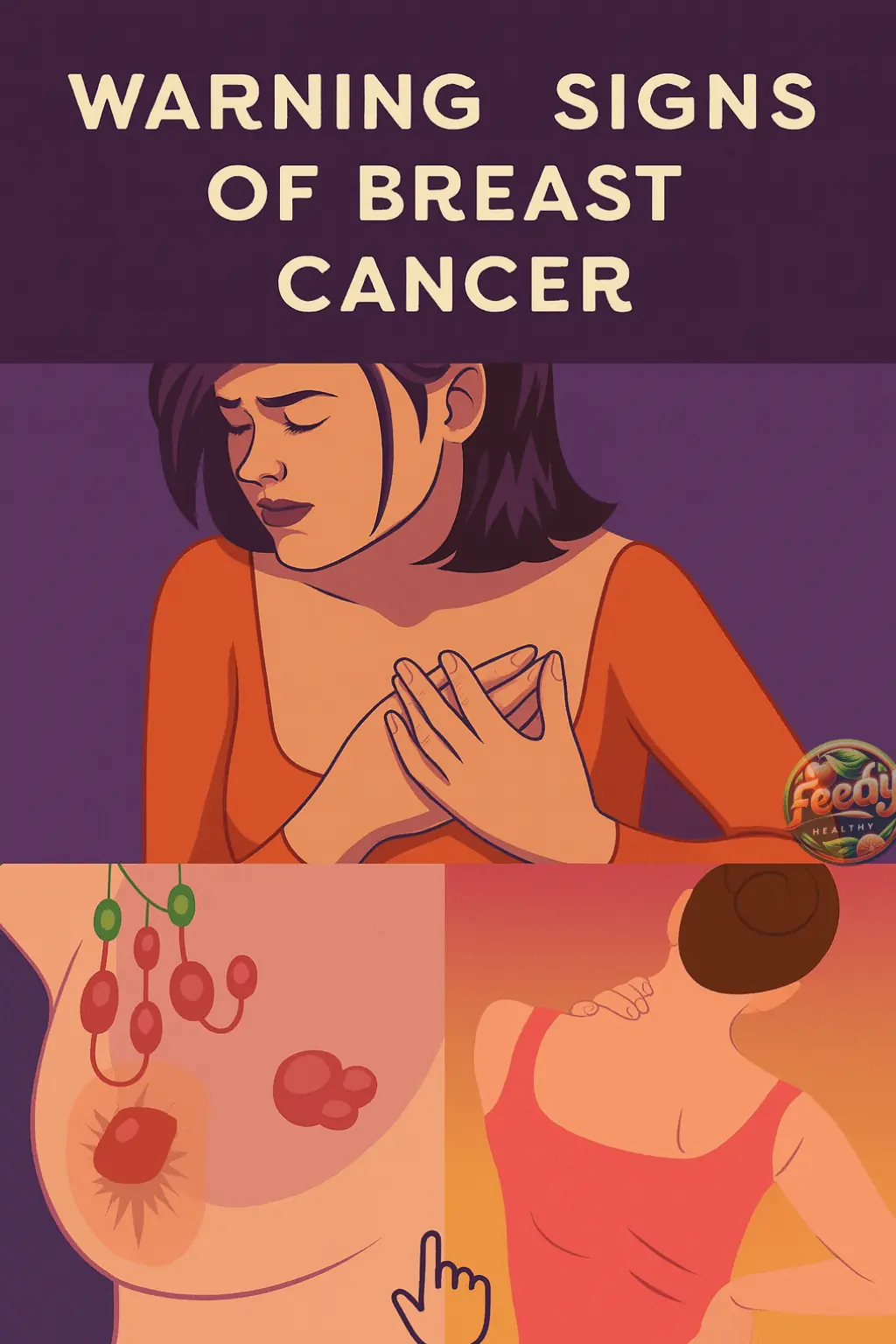
Symptoms to Detect Breast Cancer: What You Need to Know
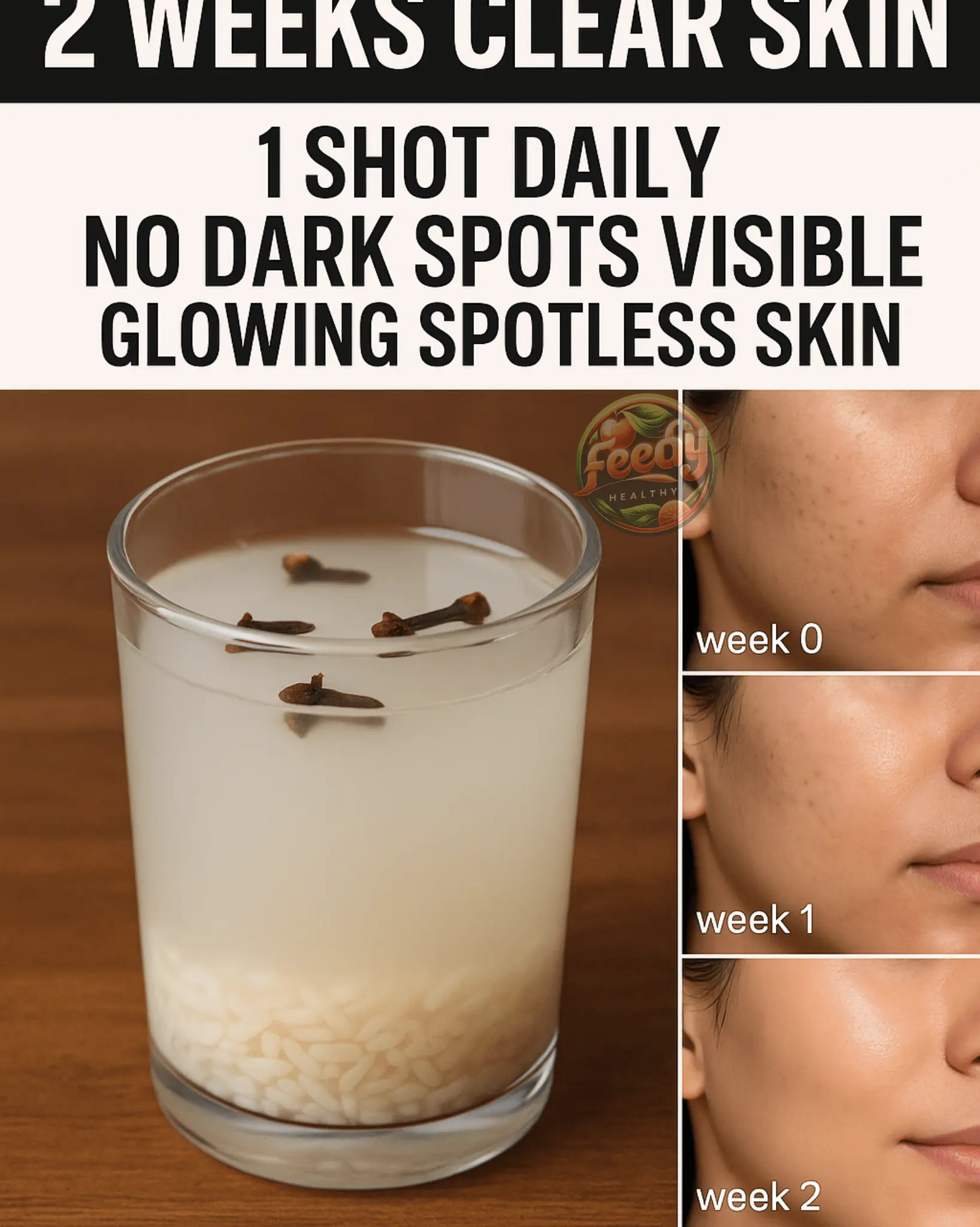
Ginger Clove Shot For Glowing Skin

Aneurysm: Warning Signs You Should Never Ignore to Protect Your Brain Health

Old Doctors Swear By This: Castor Oil & Baking Soda Treat 19 Health Issues – Results in Just 48 Hours!
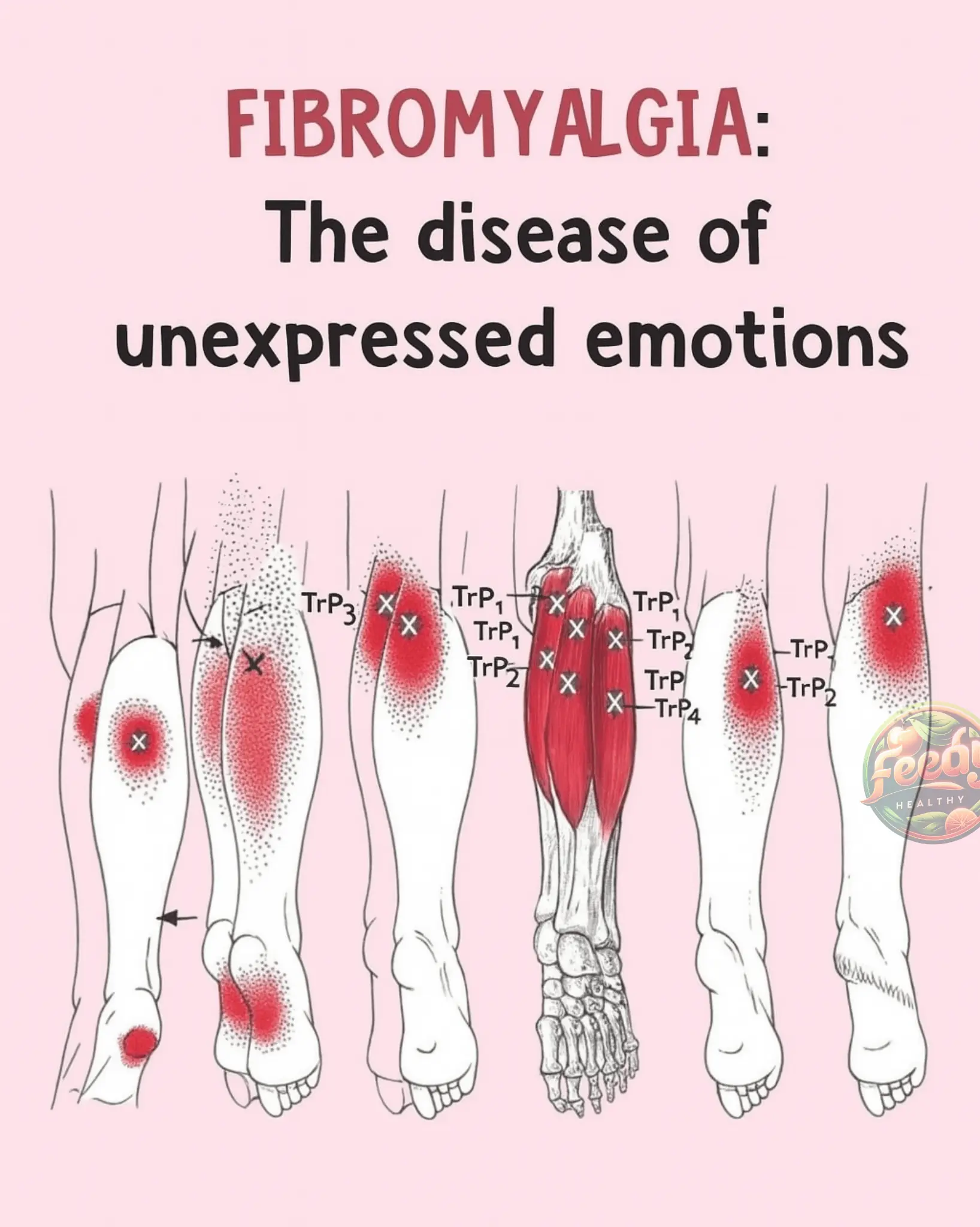
Fibromyalgia: How to Manage It with Natural Remedies and a Healthy Lifestyle
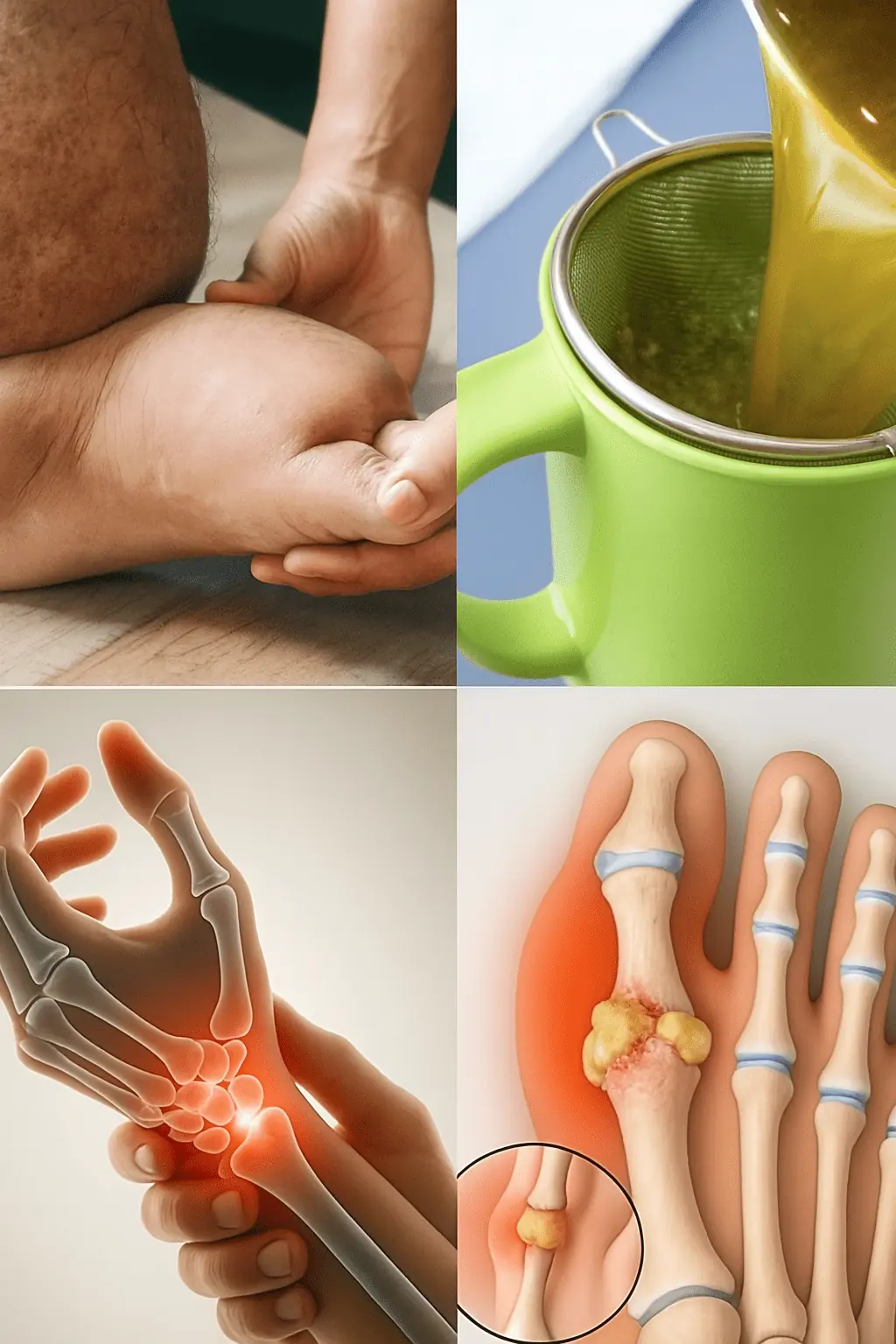
Drink This Natural Tea to Relieve Swelling in Legs, Ankles, and Feet
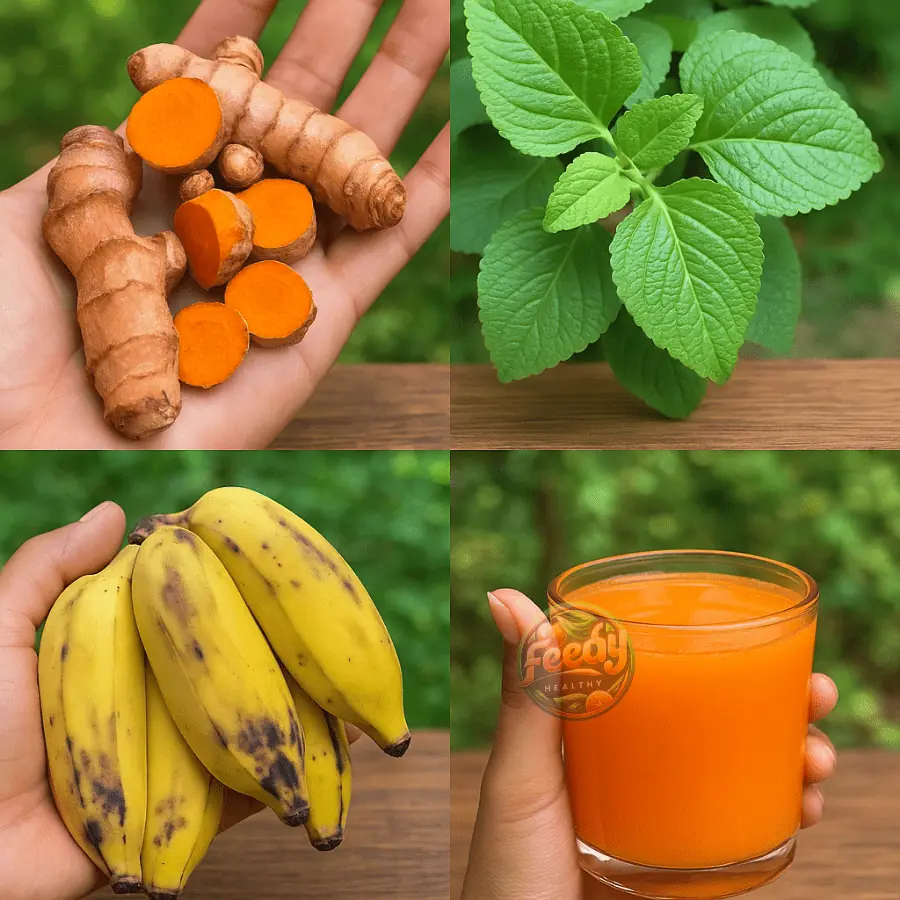
At 60, I Healed Cancer, High Blood Pressure, Diabetes, and Poor Circulation – Thanks to This Natural Drink
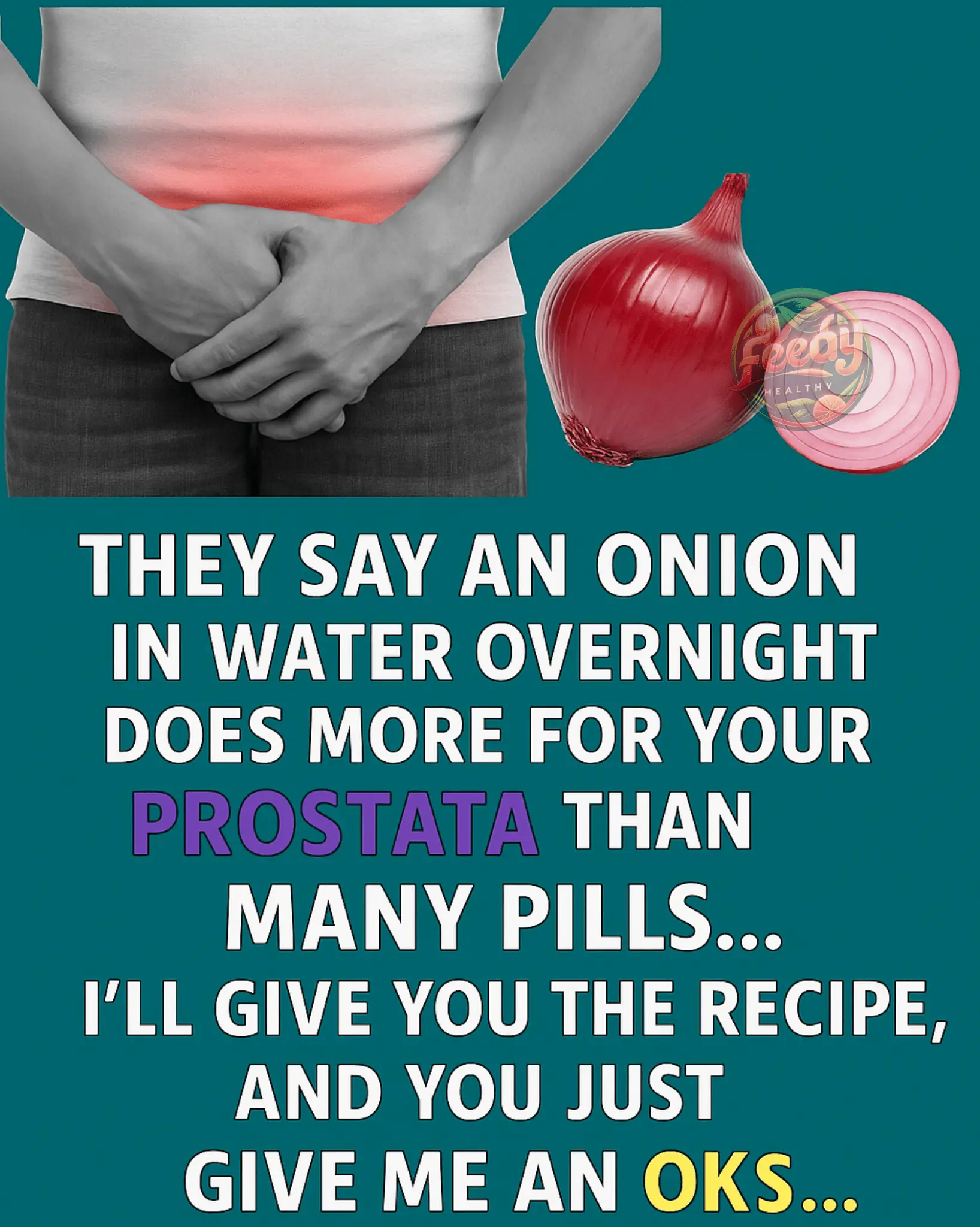
Benefits of Onion in Water: A Natural Remedy for the Prostate
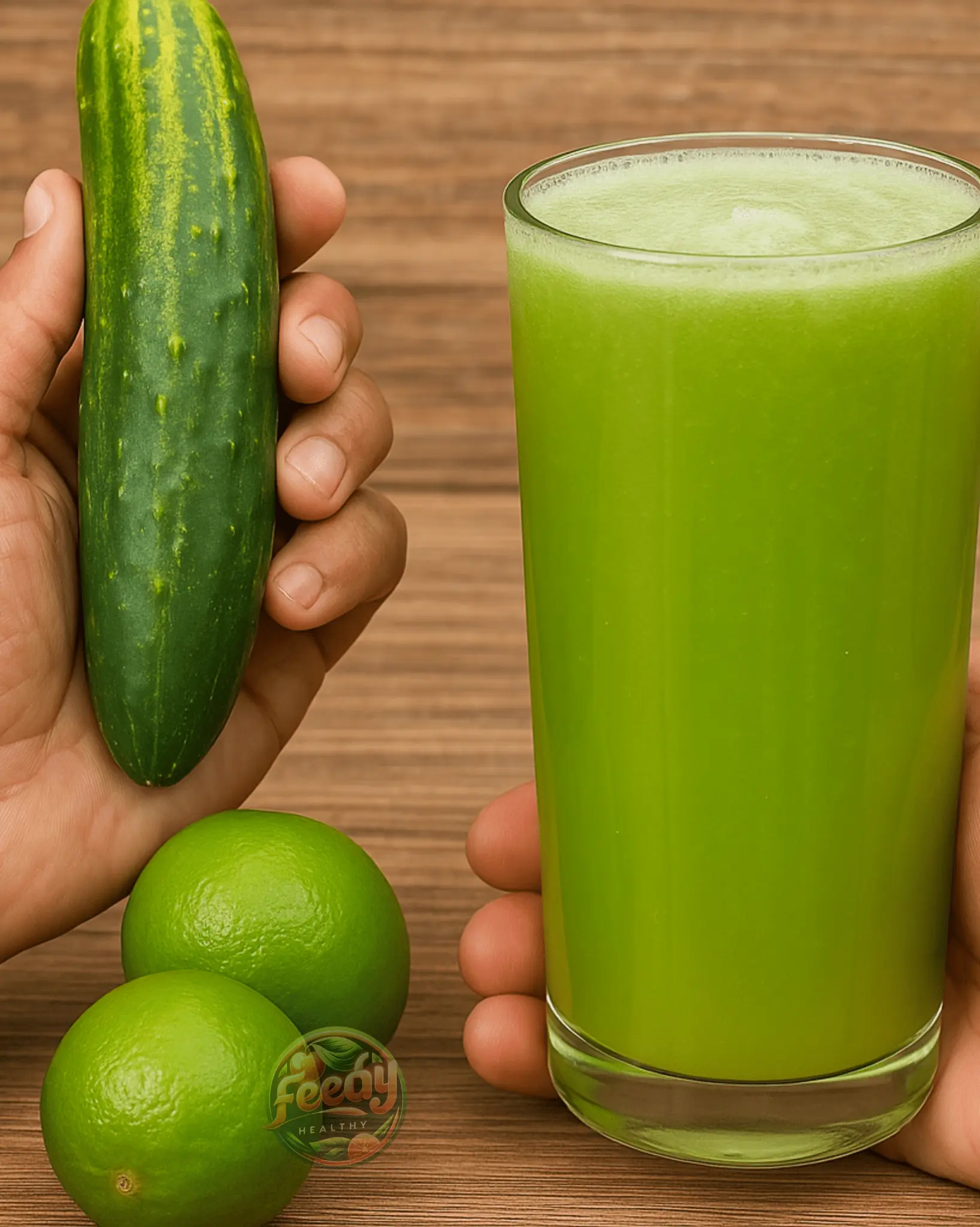
Eliminates bloated belly, clears urinary infections, and cleanses fatty liver.
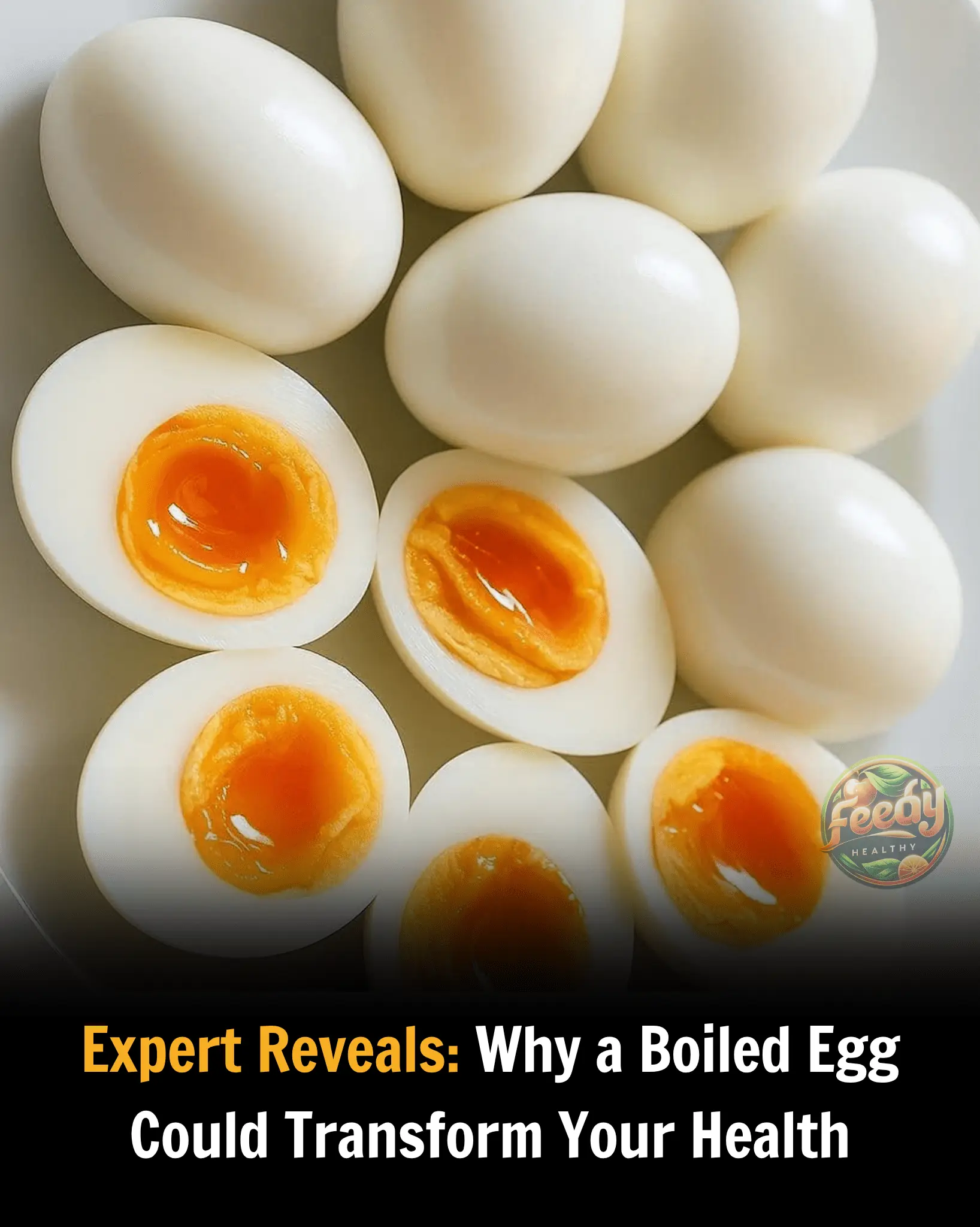
Expert Reveals: Why a Boiled Egg Could Transform Your Health
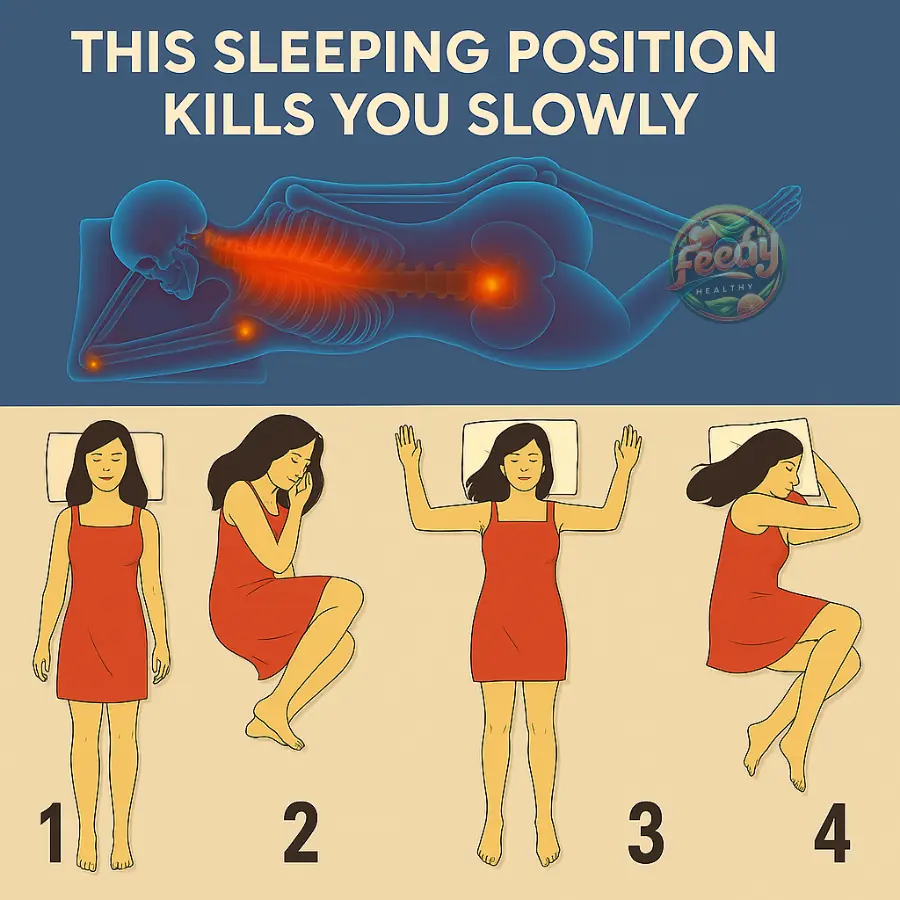
The Most Dangerous Sleeping Position: What You Didn’t Know

5 Things Doctors Say You Should Never Give Your Kids to Help Prevent Cancer
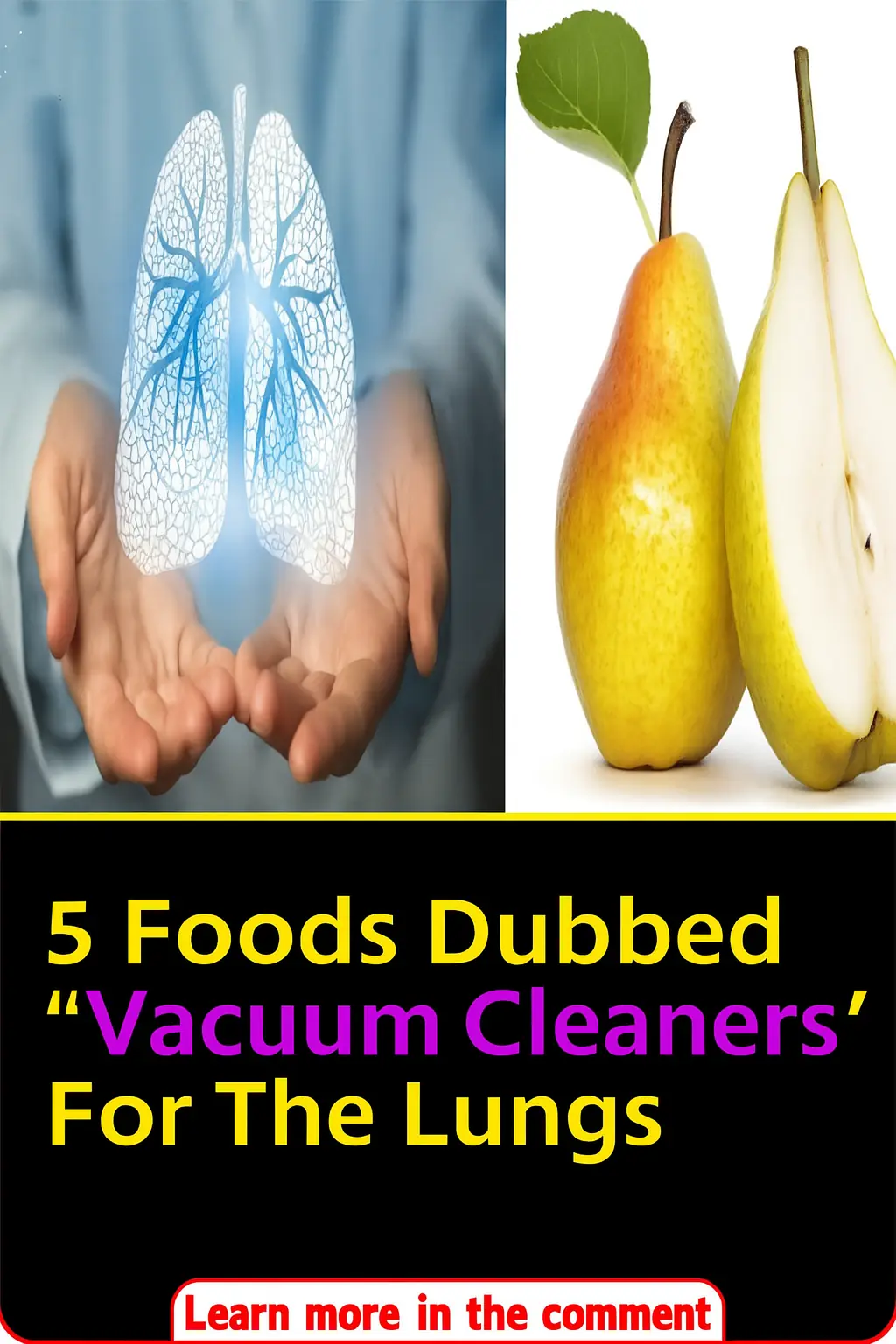
5 Foods Dubbed “Vacuum Cleaners” for the Lungs: Eat Them Regularly to Cleanse Your Lungs
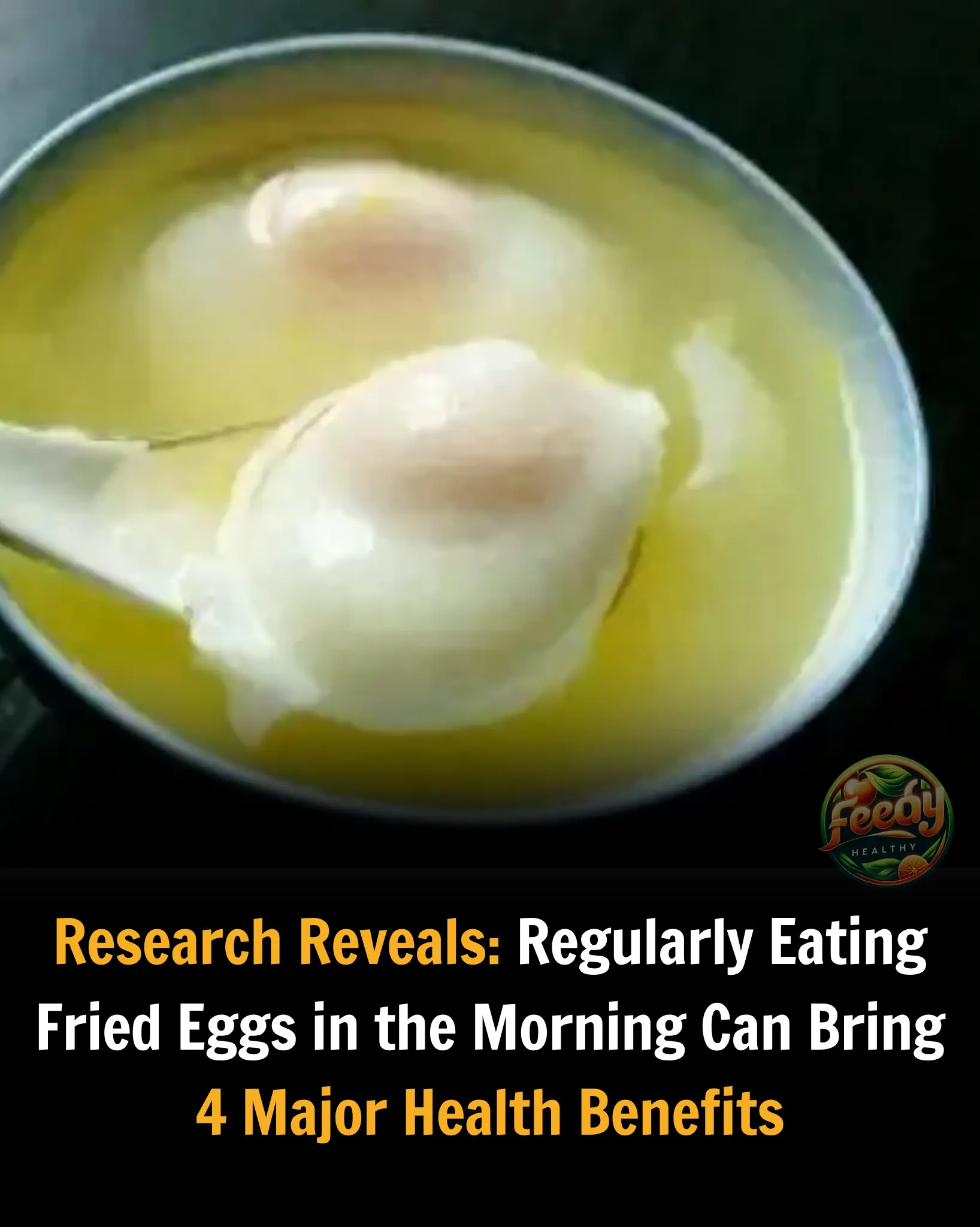
Research Reveals: Regularly Eating Fried Eggs in the Morning Can Bring 4 Major Health Benefits
News Post

Toggle menu Newsner Stories EN Newsner Stories EN Now we pay tribute to the animal lovers who saved the dog completely covered in tar – what heroes! Now we pay tribute to the animal lovers who saved the dog completely covered in tar – what heroes!

The Deep Meaning of Holding Hands: Emotional Connections and Symbolism

The Power of Dates: Benefits for Your Digestive Health

Natural Power Drink to Cleanse the Liver and Blood Vessels: Just 2 Ingredients!

Little girl walks into police dog auction alone — what followed brought everyone to tears

NASA Monitors Plane-Sized Asteroid Speeding Toward Earth at 47,000 MPH

4 Things You Should Never Say at a Funeral — No Matter What
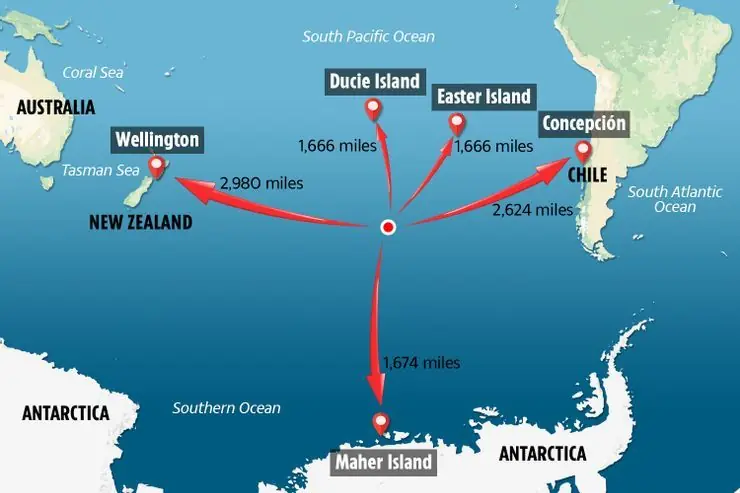
Point Nemo: The Most Remote Place on Earth—Closer to Space Than Humanity

🍓 Strawberry Oreo Parfait Cups

🍰 Blue Oreo Drip Cake (Cookies & Cream Delight)

🧁 Mini Pistachio No-Bake Cheesecakes

🍓 Strawberry & White Chocolate Shaved Ice Sundae

🍵 Pistachio Shaved Ice Sundae

Staying at Home with Your Children is Harder Than Going to Work

This is why you should keep the bathroom light on when sleeping in a hotel

🍫🫐 Chocolate Blueberry Lavender Cake

🍒 Black Forest Berry Cheesecake

🍓 Strawberry & Chocolate Blossom Parfait

🍓 Berry Crunch Milkshake Sundae
